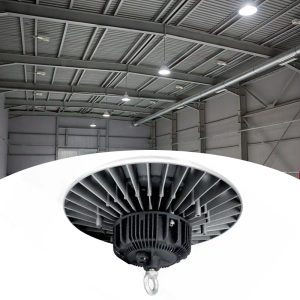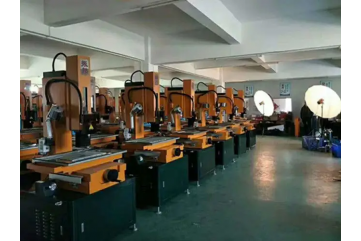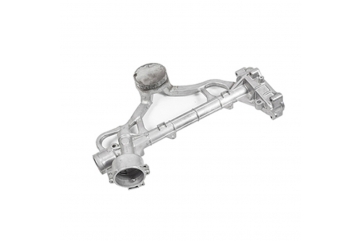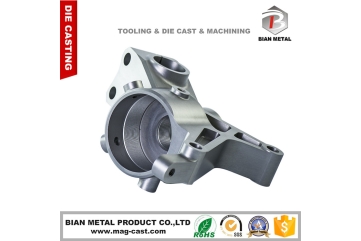Is die casting easy?
Die casting is a manufacturing process that involves injecting molten metal into a mold cavity under high pressure. While it offers many advantages such as high production rates, excellent dimensional accuracy, and smooth surface finishes, it is not inherently “easy.” The process involves several complexities and challenges, including:
Tooling Design and Manufacturing:
Creating the die (mold) is a critical and complex step. The die must be designed to allow for thermal expansion and contraction, proper metal flow, and easy removal of the cast part. High-precision machining is required to manufacture the die, making this step both time-consuming and expensive.
Material Handling:
The molten metal must be carefully handled to maintain the correct temperature and prevent contamination. Different metals (e.g., aluminum, zinc, magnesium) have specific requirements for melting and casting.
Process Control:
Maintaining consistent pressure, temperature, and speed during the injection process is crucial for producing high-quality parts. Any variation can lead to defects such as porosity, cold shuts, or misruns.

Quality Control:
Die-cast parts must be inspected for defects. Non-destructive testing methods, such as X-ray inspection, are often used to check for internal flaws. Surface finish and dimensional accuracy must also be checked to ensure they meet specifications.
Maintenance:
The dies themselves require regular maintenance and eventual replacement due to wear and tear from the high pressures and temperatures involved in the process.
Environmental and Safety Considerations:
Working with molten metals and high-pressure systems involves significant safety risks. Proper safety protocols and equipment are essential to protect workers and the environment.
While die casting can produce high-quality components efficiently once set up, it requires substantial expertise, precision, and careful management of numerous variables. Therefore, while it can be efficient and cost-effective for mass production, it is not considered an “easy” process in manufacturing.




